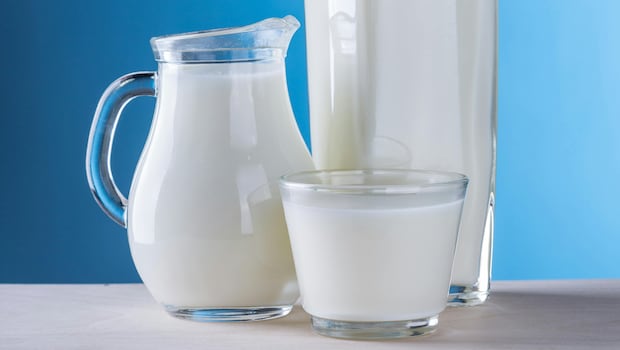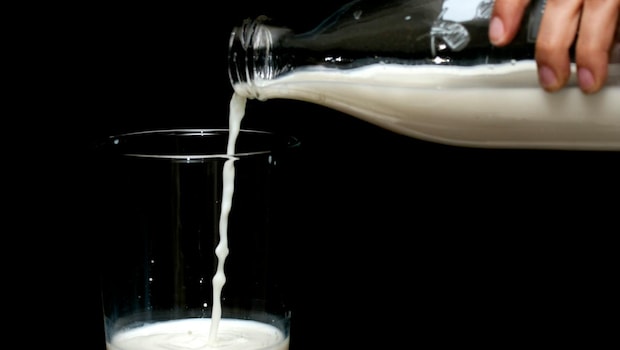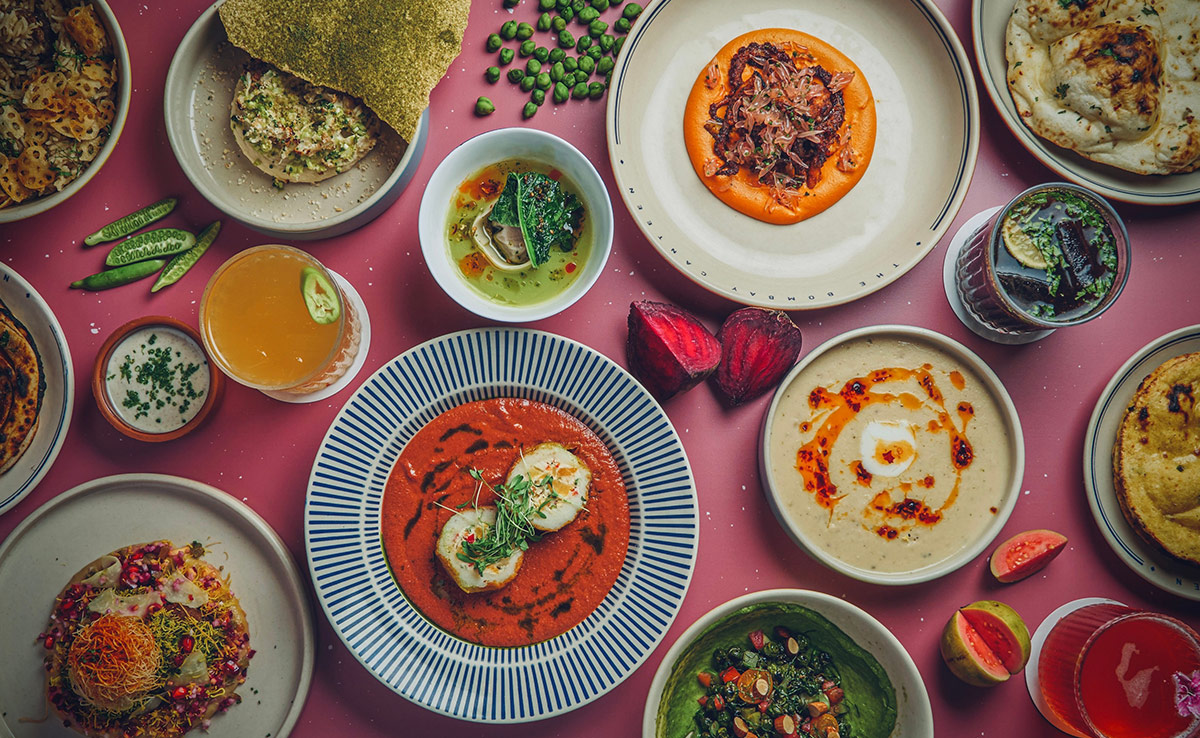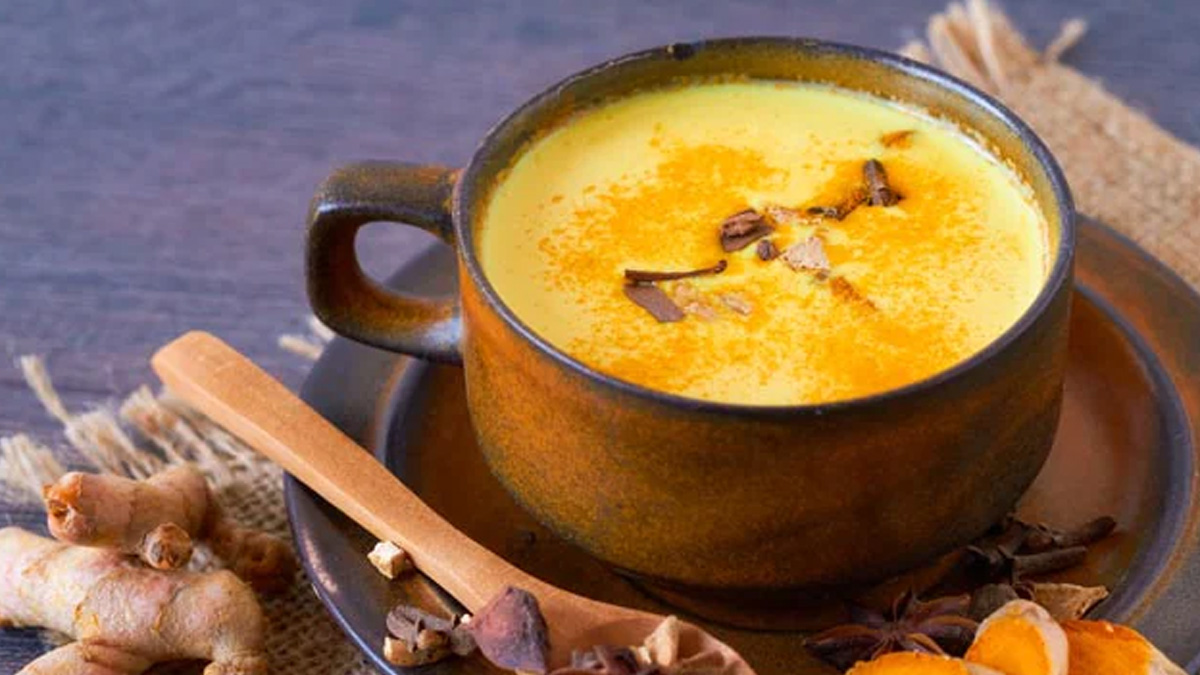Ever had your creamy soup turn into a grainy mess? Or watched your tea transform into a curdled catastrophe the moment you added milk? You are not alone. Milk curdling is one of the most common kitchen mishaps and it can ruin everything from your morning chai to your festive kheer. But here is the good news: once you understand the "why", the "how" becomes easy. Whether you are boiling milk for a recipe, stirring it into something acidic, or simply heating it for a warm drink, there are tried and tested ways to keep it smooth and silky.
So, if you are tired of tossing curdled milk or rescuing split sauces, read on - your kitchen is about to get a whole lot creamier.
Also Read: Got Leftover Milk? These 7 Genius Ways To Use It At Home
Why Does Milk Curdle And What Causes It?
Milk is an emulsion, a delicate blend of water, fat, and proteins (mainly casein and whey). Under normal conditions, these proteins float around evenly, giving milk its smooth texture. When that balance is disturbed by heat, acidity, or age, the proteins clump together into curds and separate from the watery whey. That is curdling.
Curdling is not always undesirable. It is, in fact, how paneer, cheese, and yoghurt are made. However, in recipes where you want milk to stay silky, such as tea, coffee, sauces, or desserts, it can be disastrous.
Here are the main reasons milk curdles:
- Heat: High temperatures denature milk proteins, causing them to coagulate.
- Acidity: Ingredients such as tomatoes, vinegar, or even tea can lower milk's pH.
- Salt: Adding salt too early destabilises milk proteins.
- Old milk: As milk ages, its pH drops, making it more likely to curdle.
- Temperature shock: Pouring cold milk into a very hot liquid can make the proteins seize up.
Understanding these causes is the first step towards avoiding curdling in your recipes.
Also Read: Should You Combine Non-Vegetarian Food With Dairy? An Expert Clears Things Up

Expert Tips To Prevent Milk From Curdling While Cooking:
Once you know what triggers curdling, preventing it becomes easy with a few expert-backed kitchen habits.
1. Heat it gently:
Boiling milk is one of the quickest ways to curdle it. Instead, heat milk slowly on a medium to low flame, stirring often so the heat spreads evenly. If you are adding milk to a hot dish, warm it first to reduce temperature shock. Using a double boiler helps in delicate recipes such as custards and sauces.
2. Temper your milk:
Tempering is a simple professional technique that makes a big difference. Instead of adding cold milk straight into a hot soup or sauce, whisk a little of the hot liquid into the milk first. Once the milk is warm, pour it slowly into the main dish while stirring. The gradual change in temperature prevents the proteins from clumping.
3. Choose full-fat dairy:
Full-fat milk, cream, or whole dairy products are more stable than skimmed or low-fat versions. The fat protects proteins from heat and acidity, giving dishes a smooth, creamy finish.
4. Balance acids:
When using acidic ingredients such as tomatoes, wine, or lemon juice, add them gradually and closer to the end of cooking. You can also balance acidity with a pinch of baking soda or stabilise the mixture using a little flour or cornflour.
5. Add salt later:
Salt can cause proteins to clump if added too soon. Always season your dish after the milk has been incorporated and heated through.
6. Use fresh milk:
Always check the expiry date and smell the milk before using it. Sour or old milk already has a lower pH and is more likely to curdle during cooking.
Also Read: World Without Dairy: Will Our Diet Miss It Or Compensate With Alternatives
How To Prevent Milk From Curdling In Tea And Coffee?
After mastering milk in your cooking, the next challenge often appears in your morning cup. Watching your tea or coffee split is frustrating, and the culprit is once again acidity and temperature. Both beverages are naturally acidic, and mixing cold milk into a boiling hot brew can cause an instant reaction.
To prevent curdling in tea or coffee:
- Warm the milk first: Gently heat it before adding it to your drink.
- Allow the brew to cool slightly: Do not add milk to boiling tea; let it rest for a minute.
- Choose less acidic teas: Black tea and non-fruity varieties are safer options.
- Opt for full-fat dairy: More stable and less likely to separate.
- Use plant-based alternatives: Oat, soy, or coconut milk often contain stabilisers that prevent curdling.
Bonus tip: For iced coffees or cold brews, use chilled, pasteurised milk or barista-style plant milks. These are formulated to handle acidity and cold temperatures without splitting.
How To Store Milk Properly To Keep It Fresh?
Curdling can start before you even begin cooking, which is why proper storage is essential. A few smart storage habits can make your milk last longer and stay fresher.
Smart storage tips:
- Keep milk in the coldest part of the fridge - usually the back, not the door.
- Avoid temperature fluctuations by not leaving milk out for long.
- Use opaque or covered containers, as light can degrade milk quality.
- Keep milk away from strong or acidic foods such as lemons, pickles, or vinegar.
Pro tip: If you buy milk in large quantities, freeze smaller portions. Thaw them gently in the refrigerator overnight to prevent texture changes.
Always smell and taste milk before using it. If it smells sour or off, discard it. Spoiled milk cannot be repaired once it begins to curdle naturally.
Common Myths About Milk Curdling:
Misunderstandings about milk and heat are widespread, and separating fact from fiction can make all the difference in your cooking.
Myth 1: "Boiling milk prevents curdling."
Overheating is actually one of the main reasons milk curdles. Gentle heat is key.
Myth 2: "Adding milk first stops curdling."
Temperature and acidity are more important factors than order. Cold milk can still curdle when combined with hot, acidic liquids.
Myth 3: "Low-fat milk is better for cooking."
It may be lighter in calories, but it is also less stable. Fat in whole milk helps proteins bind and prevents splitting.
Myth 4: "Curdled milk is spoiled."
Not always. Controlled curdling is how paneer, yoghurt, and cheese are made. The difference lies in control and timing.
Best Milk Alternatives For Cooking:
If you prefer non-dairy options, some plant-based milks perform exceptionally well in cooking and are less likely to curdle.
- Soy Milk: Closest to dairy in protein content and structure; ideal for soups or sauces when heated gently.
- Oat Milk: Naturally sweet and stable, particularly in tea and coffee. Most brands include added stabilisers.
- Coconut Milk: High in fat, making it excellent for curries and desserts. Rarely curdles.
- Almond Milk: More delicate and prone to curdling, so best used at low temperatures.
Pro tip: Choose "barista" or "fortified" versions of plant-based milk. These are designed to withstand heat and acidity better.

What To Do If Milk Curdles While Cooking?
Even with care, milk can sometimes curdle. When it happens, all is not lost.
- For sauces or soups: Blend the mixture to smooth it out or strain and re-thicken using cornflour.
- For tea or coffee: There is no saving it - simply brew a fresh cup.
- For desserts: If caught early, strain and rebuild the texture using cream or starch.
- For boiled milk: Use it to make paneer or include it in recipes that require curdled milk, such as some Bengali sweets.
Keeping a pinch of baking soda or cornflour handy can occasionally rescue a dish if it starts to split mid-cook.
The Bottom Line:
Milk may seem simple, but it requires care. Whether you are stirring a festive kheer, creamy pasta, or your morning chai, understanding how milk behaves can save you from kitchen heartbreaks. So go ahead and stir, simmer, and sip with confidence. Your milk mishaps are officially a thing of the past.
About Somdatta SahaExplorer- this is what Somdatta likes to call herself. Be it in terms of food, people or places, all she craves for is to know the unknown. A simple aglio olio pasta or daal-chawal and a good movie can make her day.








